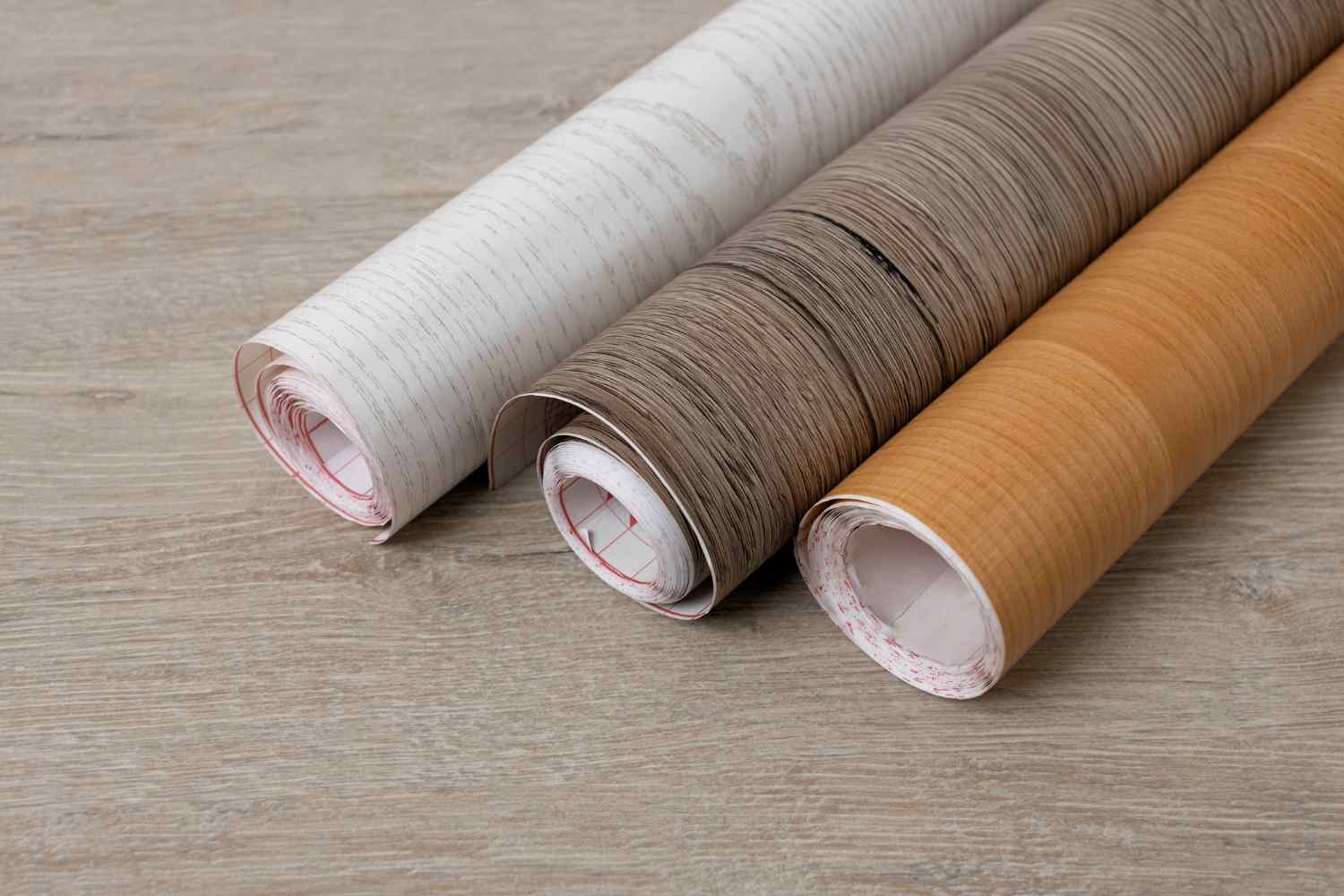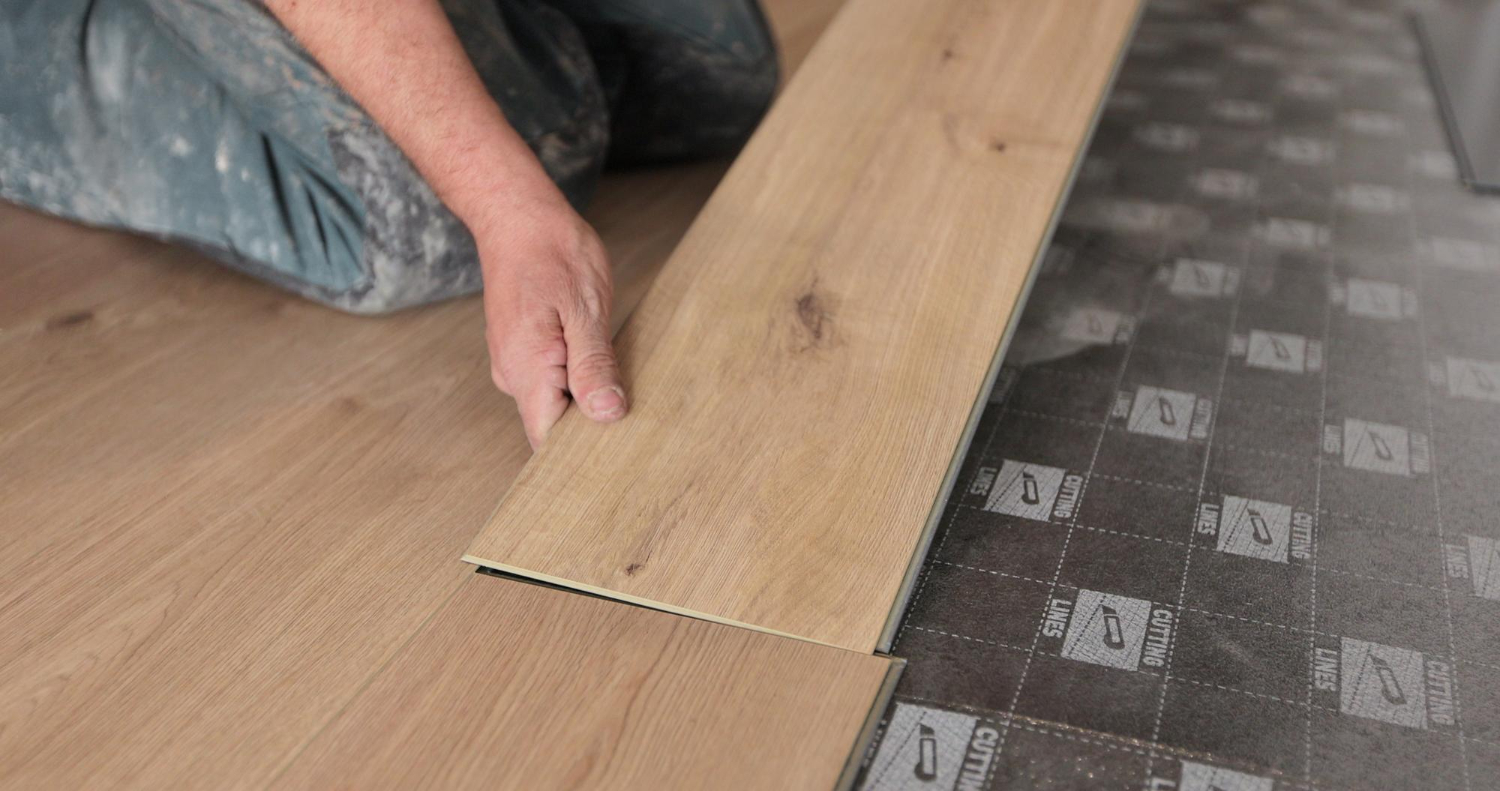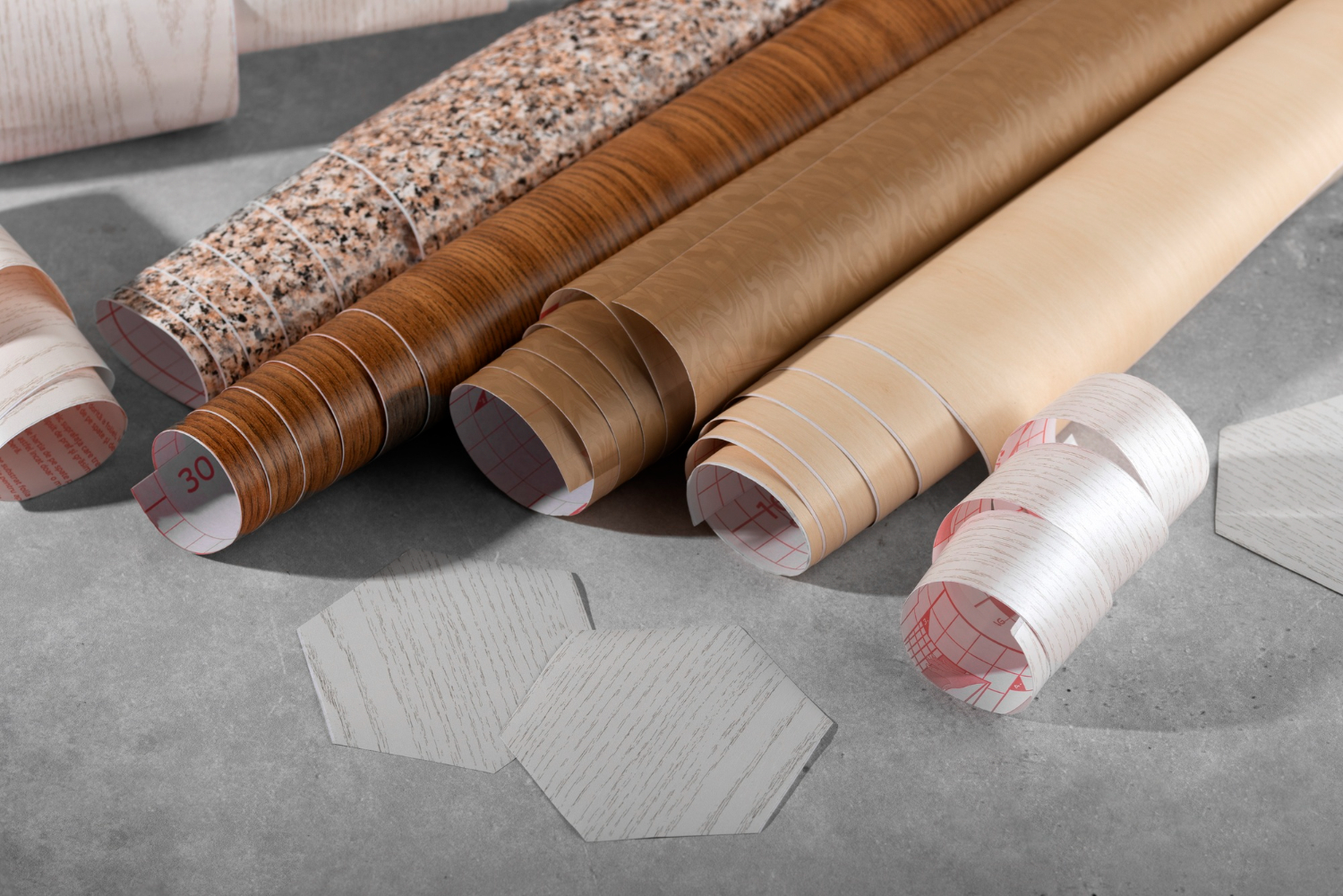
Order by phone 0121 433 3389
- FREE Samples
- Lowest Price
- Fast Delivery

Order by phone 0121 433 3389
All Carpets include FREE Fitting & FREE Delivery : Prices start from £3.99 m2

Many people find it hard when it comes to construction, especially flooring and underlay. The terms are new and confusing; however, knowing them before making any decision is essential and helpful. This blog is a must-read if you are considering installing vinyl or LVT floors! Learn the core concept of underlay, its benefits, the difference between vinyl and LVT floors and how to choose the suitable underlay for them respectively.
The best way to understand the concept of underlay is through a sandwich model. An underlay is a layer of barrier with varying thicknesses sandwiched between your subfloor and the top floor. The underlay is a vital addition to increasing your floor’s longevity and strength.
They provide numerous benefits to your floor. Here are some of its benefits:
Feel Free To Get In Touch With Us To Get A Quote Over Different Laminate Flooring Service

Underlay comes in different types, offering different features. It’s essential to find a suitable underlay for your flooring. If you have vinyl or LVT flooring or are considering installing one, this blog will help you understand how to choose the suitable underlay for your floor.
But before moving further, it’s necessary to understand the difference between vinyl and LVT Floors. Many people use these terms interchangeably; however, they have distinguishing characteristics.
Vinyl floor or vinyl sheet comes in large rolls, less thicker than LVT, and has a base layer already attached to it, so it doesn’t require an underlay! On the other hand, LVT is thicker but requires an underlay! It comes in independent pieces that need to be clicked together.
Vinyl floors already have a base layer to give a cushioned feel, strength and a smooth base. Before installing the vinyl floor, you must ensure that the subfloor is smooth, even and free of cracks.
However, there are some unlikely events when applying an underlay becomes necessary, i.e., reducing the sound made when you walk. In the case of squeaking sounds, consider using a high-density underlay like rubber underlay. It is made of shredded rubber tyres packed compactly to provide extra strength and acoustic insulation to your vinyl flooring.
LVT flooring is popular due to its easy instalment, seamless finish, cost-effectiveness and durability. However, an underlay is highly recommended as it’s a floating floor. Underlay provides a seamless base, helps to add stability during installation and gives a cushioning effect for a comfortable walk around the home and reduced sound.
Underlay, due to the cause of its usage, is designed to be highly durable. It can last up to 25-30 years if installed correctly. Other factors that may reduce its longevity include the quality, thickness, placement, exposure to heat, moisture, usage and material used.
The market is flooded with different types of underlays varying in material, thickness and specialities. Here are some important factors to consider while choosing the best underlay for your LVT:
Feel Free To Get In Touch With Us To Get A Quote Over Different Laminate Flooring Service

Consider the thickness of the underlay. The thickness of LVT can be up to 8mm. If you are using an LVT with less than 4mm thickness, then don’t use an underlay, as it can affect the lock-lock system of the LVT. The thicker the underlay is, the more dense it will be, which means more support, shock absorption, and thermal and acoustic insulation.
A thin underlay may cause the LVT tiles to split or bounce. Choosing the correct thickness is essential, and seeking guidance from experts like JJ’s Flooring is recommended for your LVT flooring.
Underlays like foam, crumb rubber and cork underplay are excellent sound and heat insulators.
Choose an underplay with moisture-resistance properties, and if you are considering applying it in high moisture and wet areas like bathrooms or kitchens, it’s a must-factor. You may also add a moisture barrier beneath the LVT underplay. It saves your subfloors from excessive water damage.
Again, all the properties mentioned above are directly linked to the quality and type of underplay material you choose. The materials include foam, rubber, felt and cork underplay. Contact JJ’s Flooring to select the right material for your LVT flooring!
If you are still confused, consider consulting experts like JJ’s Flooring for all carpeting, laminated or LVT floorings and underlay needs. We have 40+ experience in the industry with over a million happy customers! Contact us for any queries and get a quote today!
Quick Links
Categories
Address:
1428 Pershore Road Stirchley Birmingham B30 2PH
Mobile:
0121 433 3389
Email:
contact@jjsonline.co.uk
Copyright 2024 | JJ's Flooring | All rights Reserved.
Order in Confidence with Secure Online Payments
We accept all major credit & debit cards.